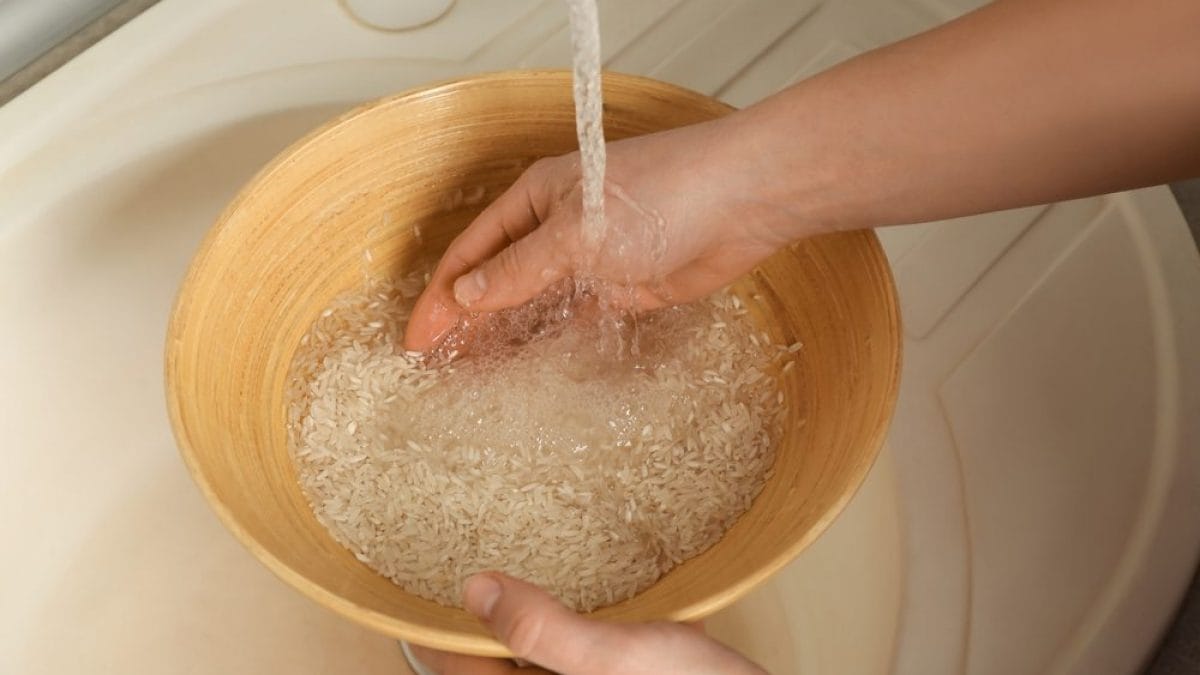
A seemingly simple gesture, often performed almost out of habit, precedes the cooking of one of the world's most consumed foods: rice. But why is it so important to wash rice grains before boiling them? Washing rice, even if many people don't know it, is a crucial step for achieving optimal results in terms of consistency, cleanliness, and potential food safety: here's why.
Why Wash Rice Before Cooking It?
Washing rice before cooking isn't something many people do, while it's more common with other grains like barley, or pseudo-grains like quinoa. Rice, however, needs to be washed for several reasons, primarily related to its preparation and the quality of the final product. Here's a detailed look at why this is a crucial step, not to be underestimated.
- Remove surface starch. During processing and transportation, rice grains release a thin layer of starch on their surface. If left unremoved, this starch dissolves during cooking, making the rice sticky and chewy instead of having separate, fluffy grains. Washing the rice helps remove some of this excess starch; if you need to remove a smaller amount, you should lightly toast it, as you would with risotto rice.
- Remove impurities and residues. Even if rice is processed, it may contain small impurities such as dust, fragments of broken grains, bran, or even small insects or pebbles. Washing helps rinse away these residues, ensuring a cleaner and safer dish to eat.
- Improving texture. As mentioned, removing surface starch is essential for achieving the ideal texture of cooked rice. Washed grains tend to remain separate, light, and pleasant on the palate: this is especially important for preparations like basmati, jasmine, or sushi rice, where texture is key.
- Potential removal of inorganic arsenic. Some research suggests that thoroughly washing rice (especially brown rice) can help reduce levels of inorganic arsenic, a substance naturally present in soil and water that can accumulate in rice. However, it's important to note that this process does not completely remove arsenic, and the reduction varies depending on the amount of water used and the washing time.

How to Wash Rice
Washing rice effectively is very simple. Place the desired amount of rice in a bowl, add enough cold water to cover the rice, then gently stir the rice with your hand. The water will become cloudy due to the starch.
Drain the cloudy water and repeat this process (adding water, stirring, and draining) until the water runs relatively clear —usually 3-4 rinses are sufficient. At this point, the rice is ready to be cooked according to the recipe.
;Resize,width=767;)
